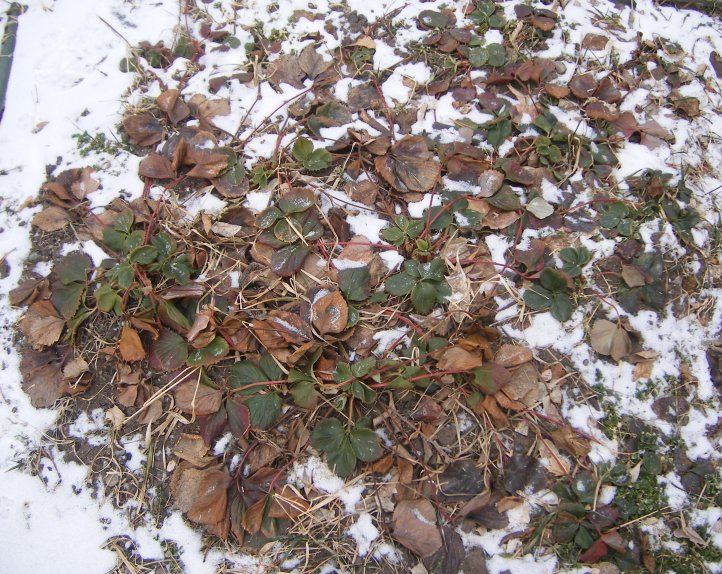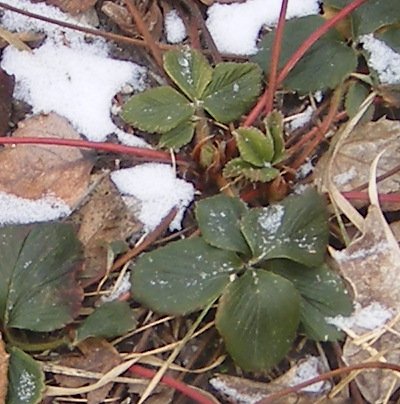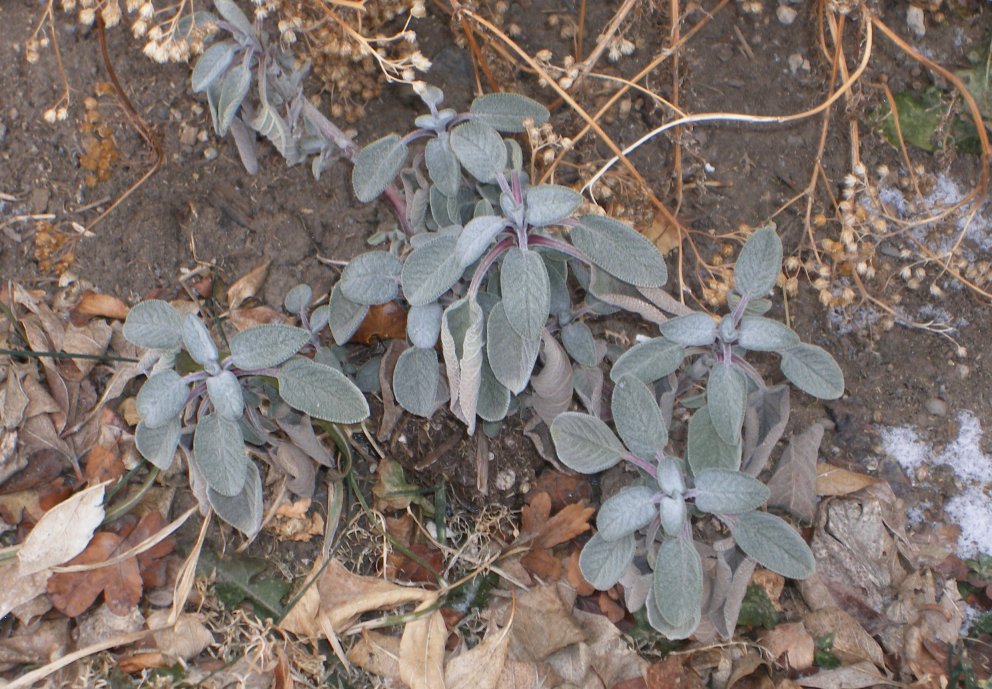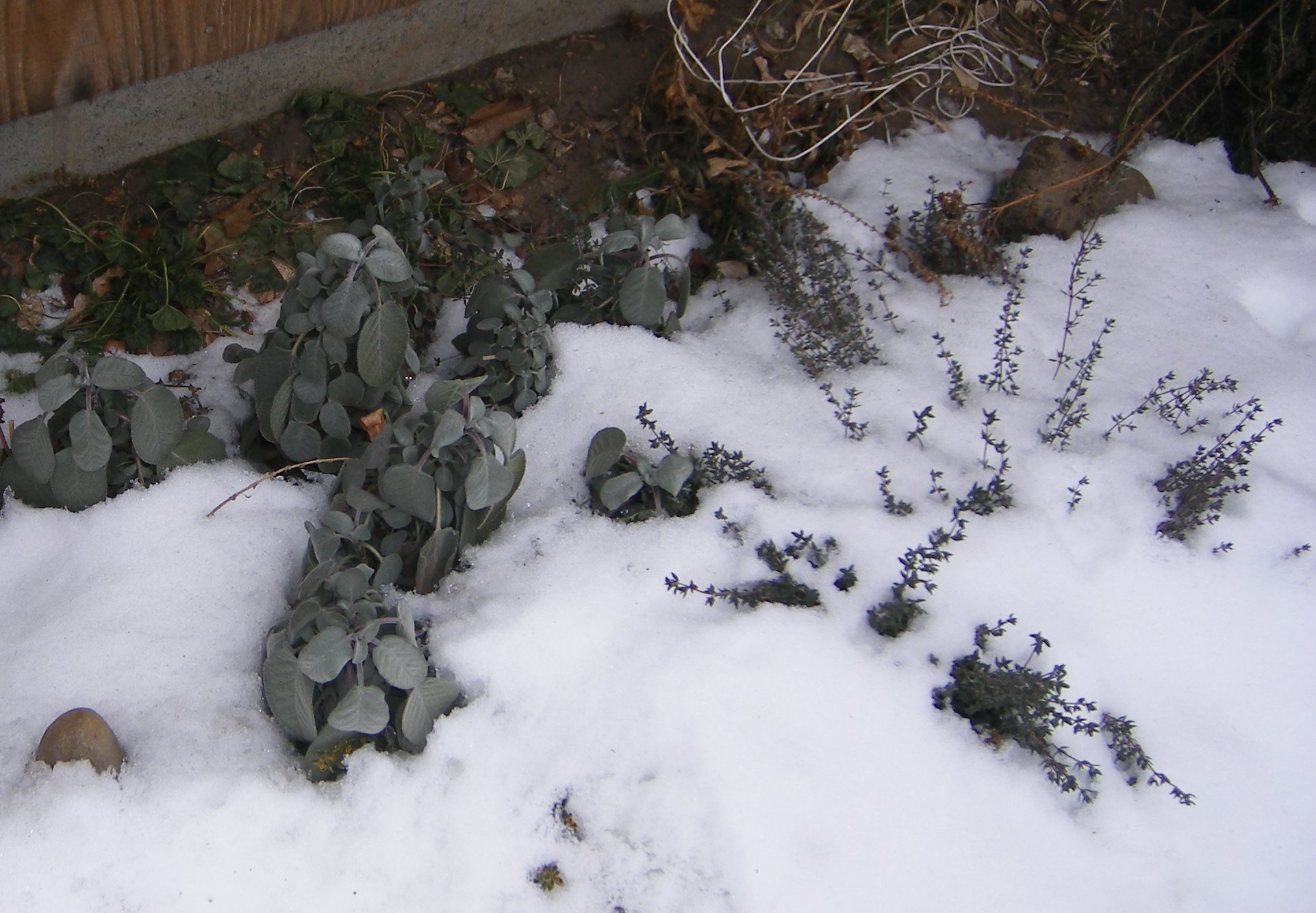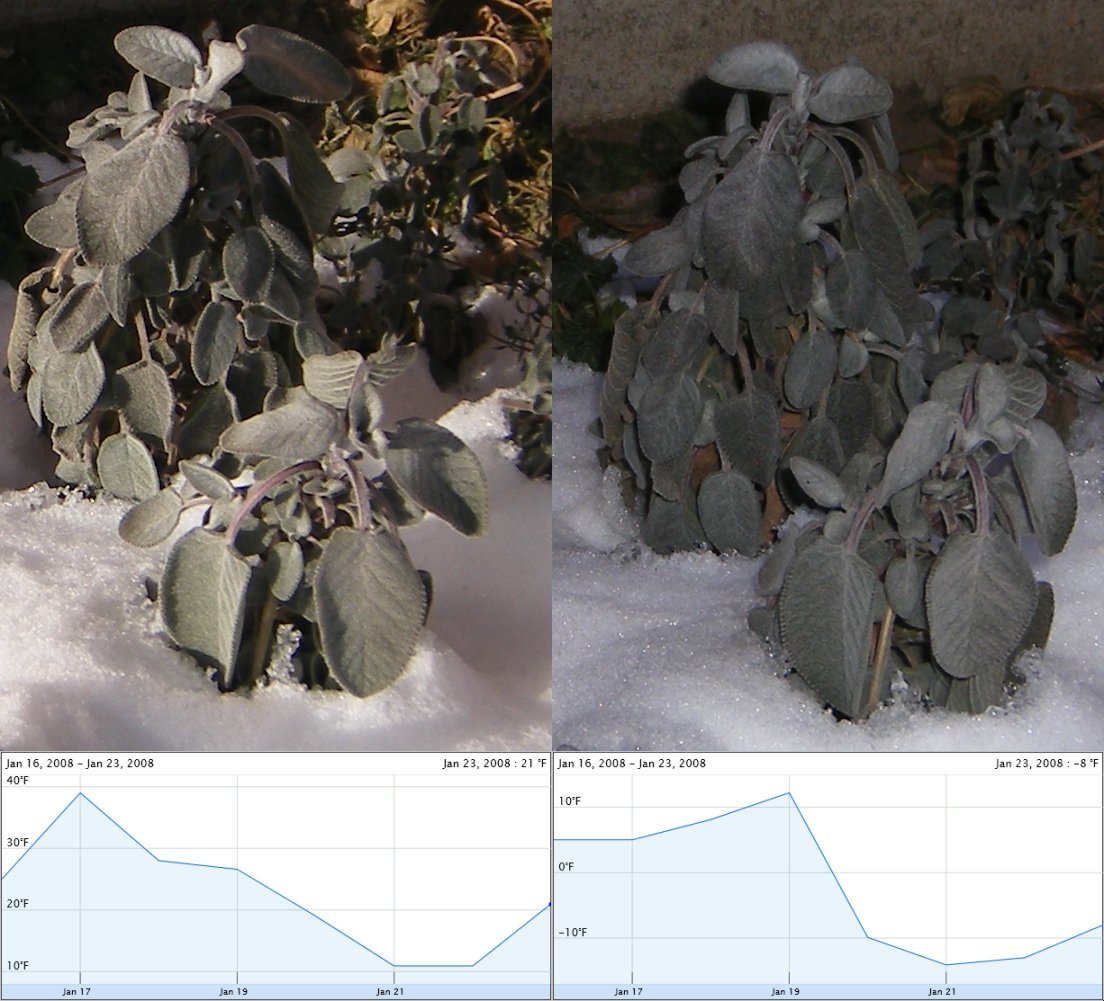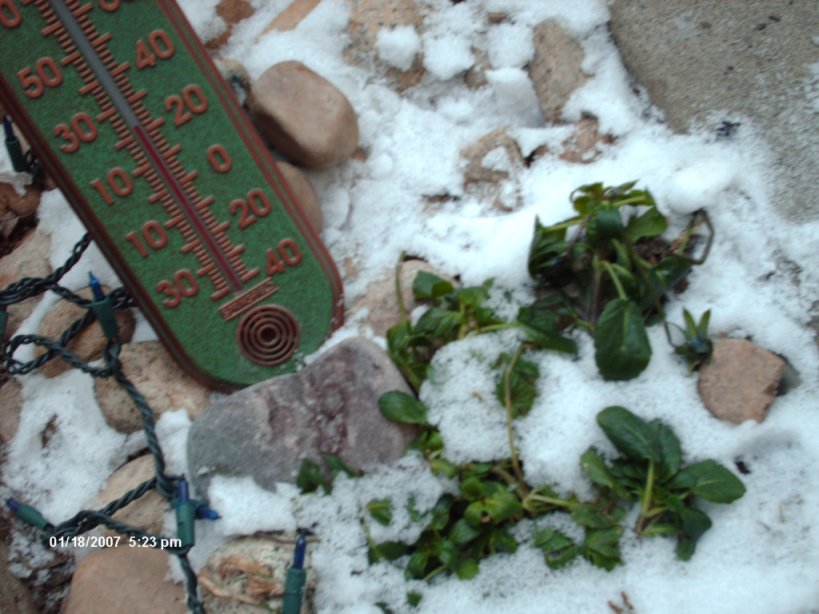In January of 1999 Kevin M. suggested that you could use fractional
freezing to concentrate ORMUS. He wrote:
Another technique that has
worked well in the past is fractional freezing, i.e. freeze half
the water in a plastic drink bottle. Break the ice, pour the water
fraction through a strainer and repeat until there is about 10% of the
starting volume. This water is oily as well.
In November of 1999 I gave a workshop in Bisbee, Arizona and a woman at
the workshop told us about her experience with fractional freezing. She
also claimed that she felt some ORMUS effects from the fractionally
frozen water.
In December of 1999 we had unusually cold weather (below zero) for a
week or so and I decided to try fractional freezing for myself. In May
of 2000 I finally wrote about my experiment with fractional freezing:
In December I set about
fifteen gallons of water outside in the below freezing weather and let
it freeze over night. I froze a portion of the
water and took the unfrozen center
portion and froze a portion of it the second day and so on till only a
couple of quarts was left. I put this remaining
water in the refrigerator and forgot about it till a couple of days ago.
I noticed that there was a white sediment covering the bottom
of the glass jar. I tasted the water and it "tasted" strongly of
m-state. I have not removed any of the white sediment from the bottom
yet but it looks suspiciously like the sediment which sometimes drops
out of enriched m-state water.
Another thing we noticed about the fractionally frozen water was that
the center water seemed to have a lower and lower freezing temperature
with each freeze cycle.
I have kept some of the innermost water from the fractional freezing
process in my refrigerator. On May 2, 2003, I finally thought to
take a picture of it. As you can see below, the white "sediment" is
quite evident in the water.
There have been other hints that the freezing point of water can change
under certain circumstances. Russian pyramid experimenters report that
water in one of their tall thin pyramids would not freeze.
Based on these observations we started to look for evidence that plants
which had been given ORMUS would be more tolerant of freezing
temperatures. The first evidence of this was submitted by an ORMUS
researcher in the winter of 2005 - 2006.
He sent me a picture of a Butterfly Bush that
kept it's leaves through the winter after having sea water precipitate
applied the previous fall. Here are the pictures he sent:
This plant is growing at 4800 feet in the mountains of south central
California (about 35 degrees north latitude). He wrote:
Left image was taken
Feb., 2006, 5 months after first application of supplement; height 3
feet. Plant retained green leaves over winter even in ice and
snow. Right image shows same plant in July 2006 after single spring
application in May. Larger leaf size, height 7 feet, denser
foliage and longer flower spikes than previous year growth.
Potted Plants from Frozen Greenhouse
On January 14, 2007 I received the following message from Bill:
A friend, Jerry, who lives 25
miles south of Bend, Oregon, has been
growing plants for personal use and for seeds in two small cold
frame/greenhouses, using only water from his ORMUS trap. The plants
have done great. The most interesting thing is what happened recently.
Some of the plants had not reached maturity by the end of the
growing
season, so they were just left in the unheated greenhouses. After two
very cold months with much of the time below zero, Jerry was in the
greenhouse and noticed that many of the potted plants were green, even
though frozen solid. Curious, he brought some inside. Many of them
continued growing once they were thawed out, even though they had been
through numerous freeze-thaw cycles. The broccoli even put out new
heads and flowered!
I asked Bill for some pictures of this and he sent the
following images which were all taken on January 17, 2007.
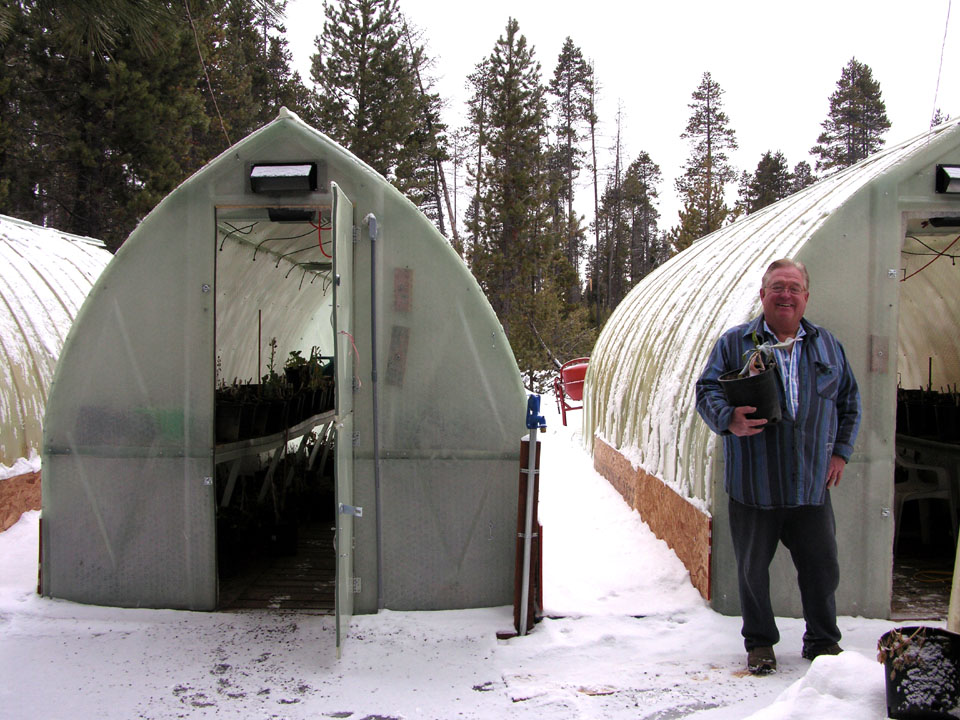
This is Jerry standing in front of his green houses. None of these
greenhouses are heated.
The temperature was 4 degrees Fahrenheit when this picture was taken.
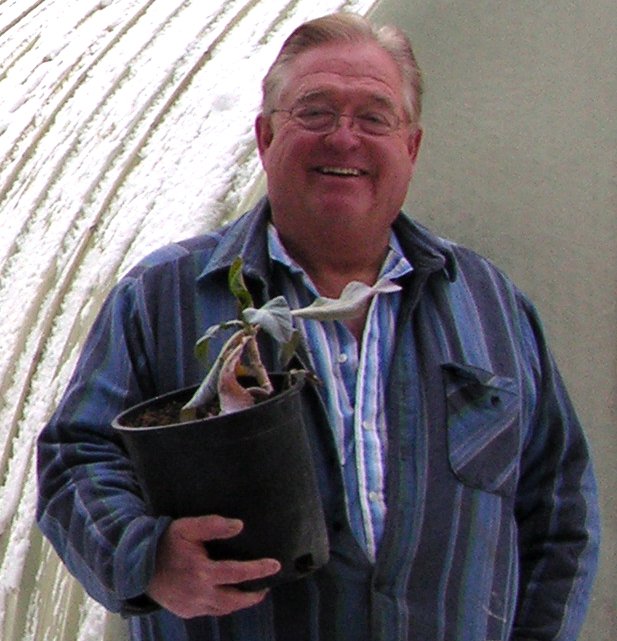
Jerry is holding a plant that he is about to bring indoors for the
first time
after it has been frozen and thawed dozens of times since the first
hard freeze
of the season at a temperature of 18 degrees Fahrenheit on September
22, 2006
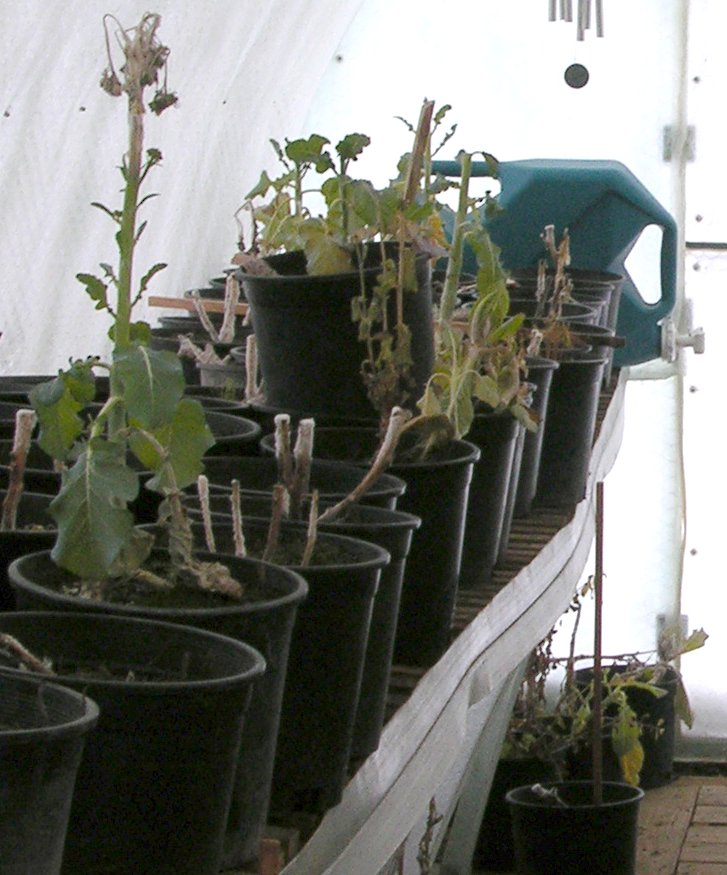
These are some more plants that will be left in the greenhouse to see
how they fare for the rest of the winter.
Two days before this picture was taken these plants survived an
overnight temperature of 12 degrees below zero Fahrenheit.
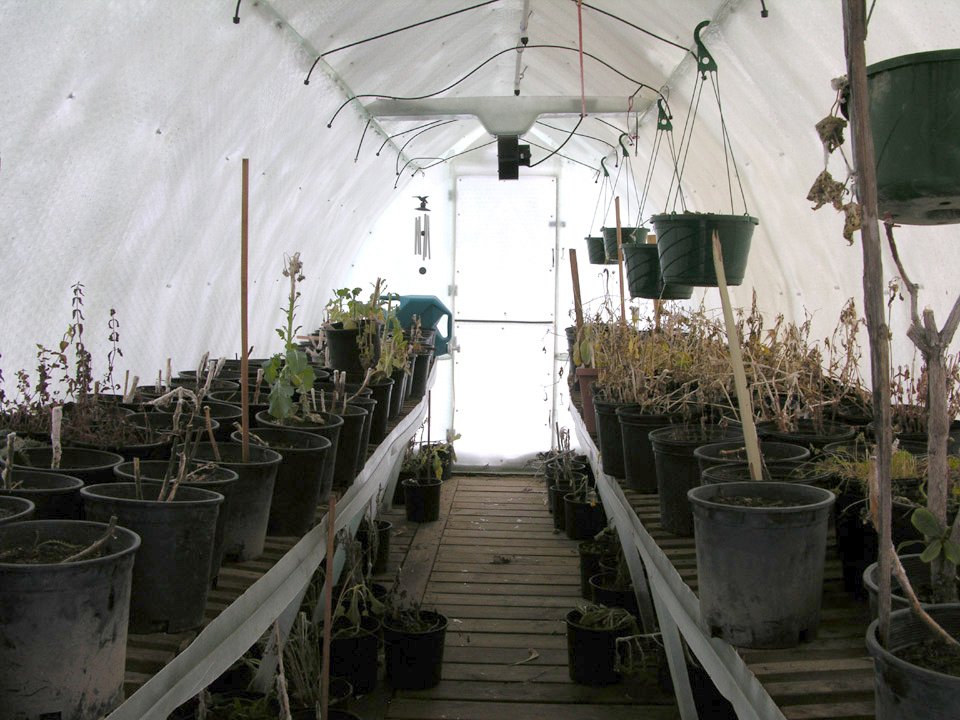
As you can see in this image some of the plants are surviving the
freezing and thawing better than others.
Since mid November the nighttime low has rarely been above freezing
and the soil in all of these pots has remained frozen solid since that
time.
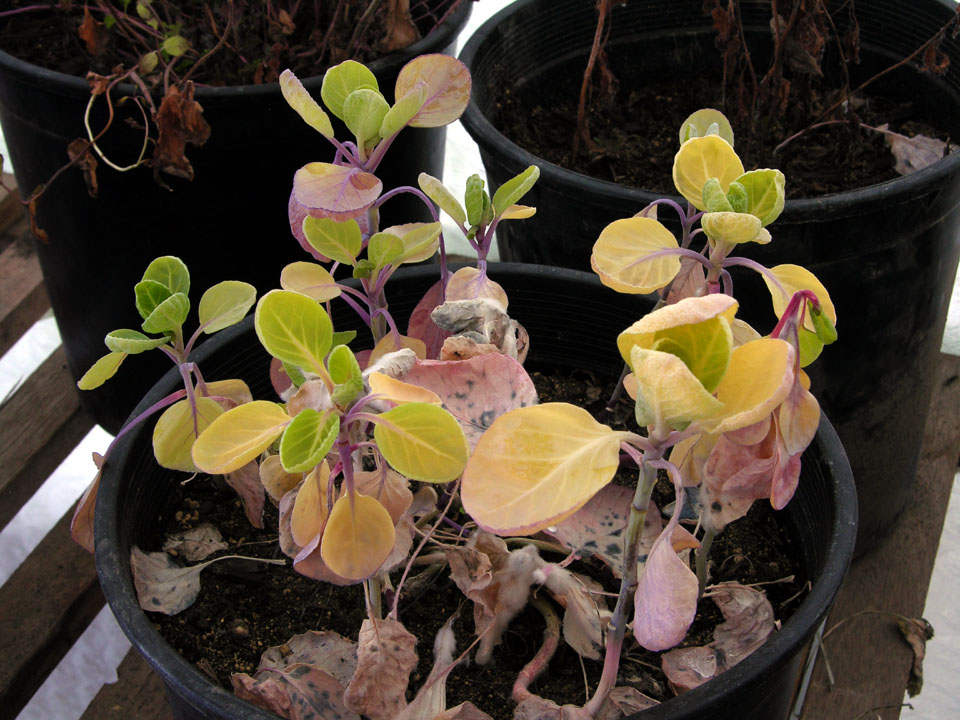
This plant was removed from the greenhouse to be photographed
but was returned to it to see if it would continue to look so alive as
the winter progresses.
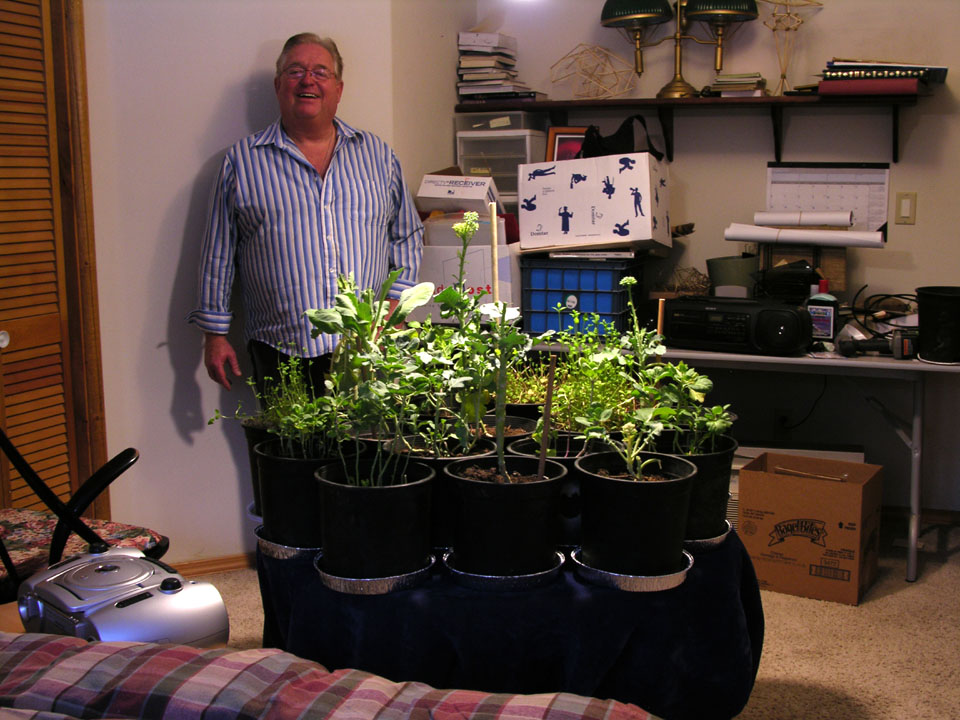
This is Jerry with the plants that he brought in from the frozen
greenhouses
on December 29 after they had been frozen for almost two months.
Notice the stereo boom boxes directed toward the plants.
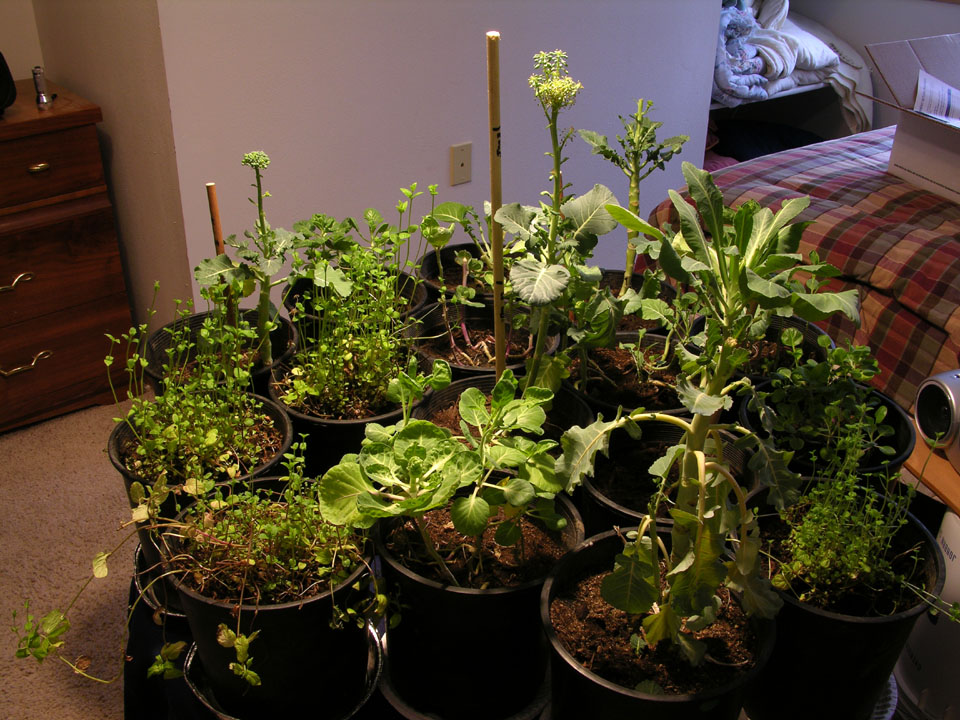
Here is a closer overview of the plants that have resumed their growth
since being brought indoors on December 29th.
Jerry believes that the music he is playing through the stereos
for these plants has made them grow faster than another set of plants
that do not have music.
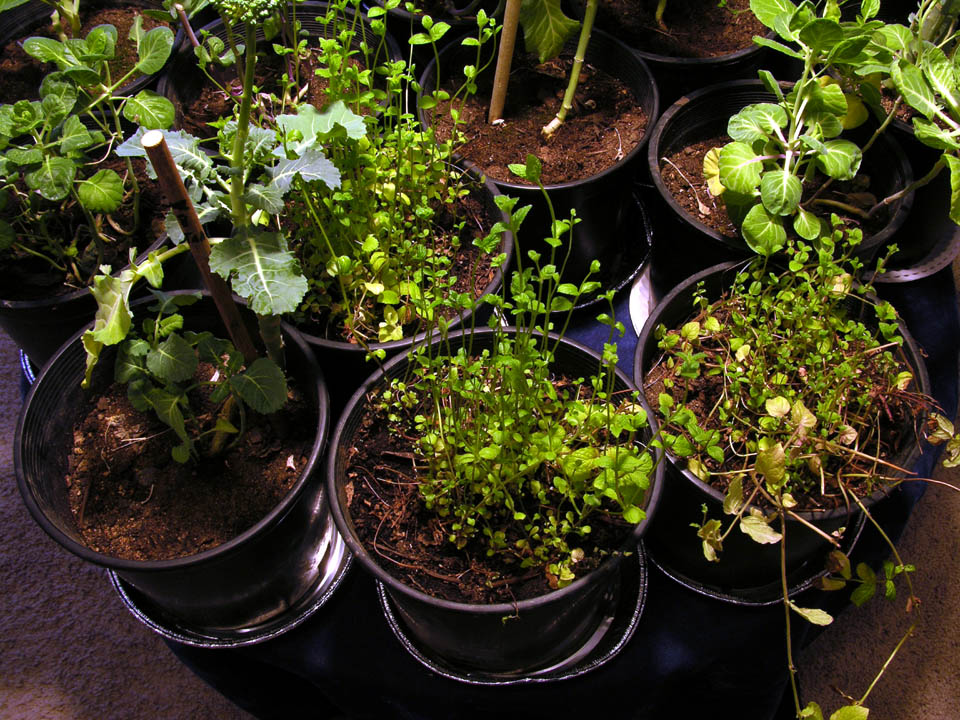
Jerry is not sure what kind of plant the center plant is. He thinks it
might be some sort of Lemon Mint.
The plant to the right is a Brussels Sprout and the plant to the left
is a Broccoli.
Another Brussels Sprout is to the upper left.
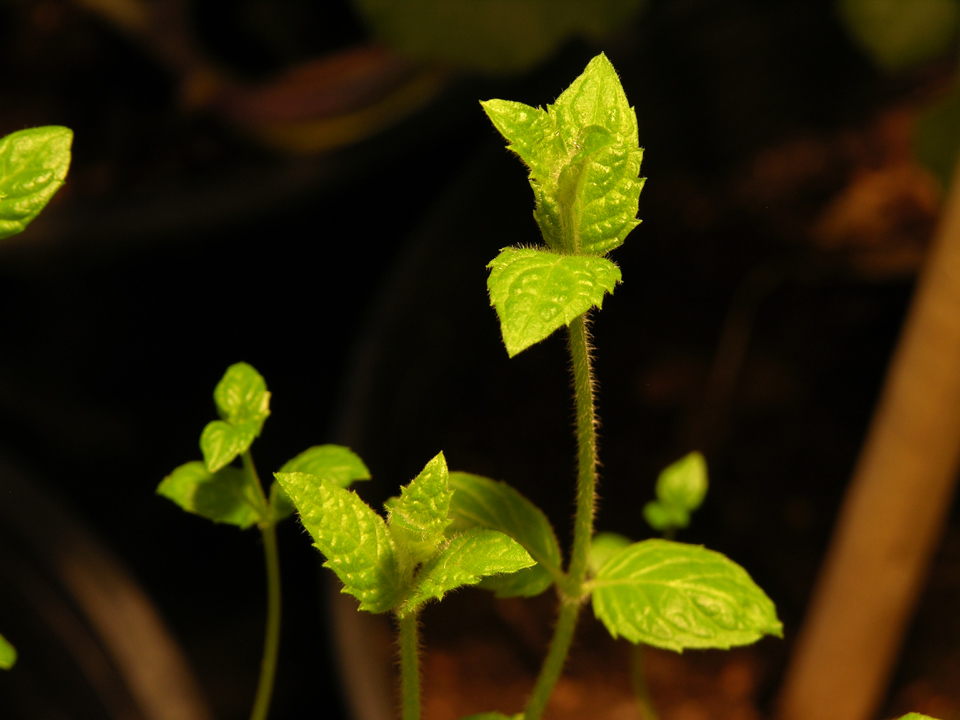 .
.
This is a closeup of one of the Lemon Mint plants that survived being
frozen for two months.
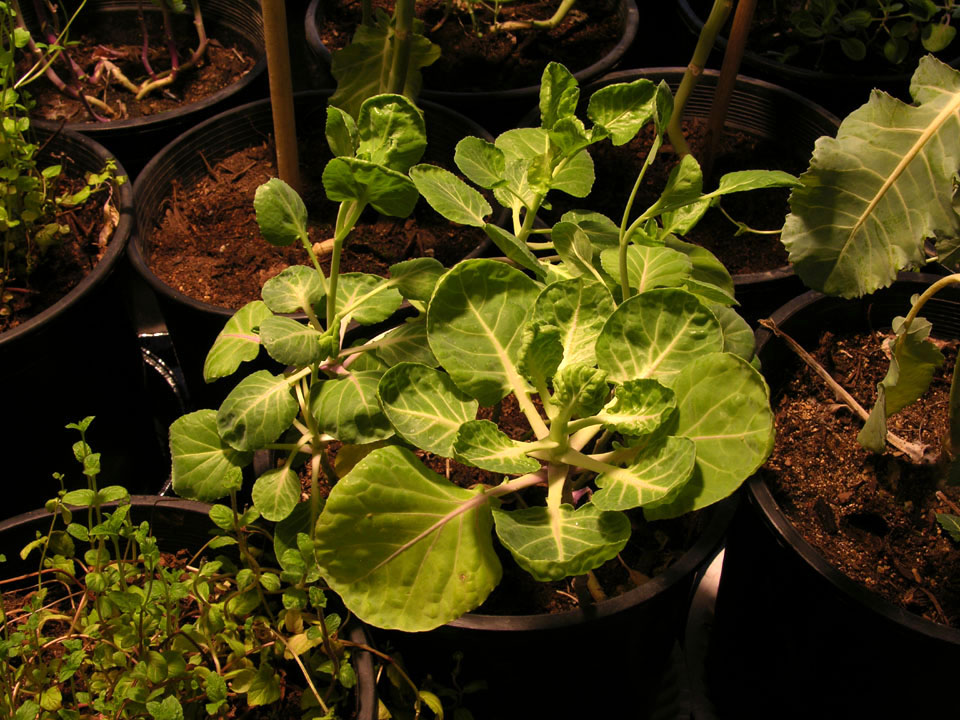
This is one of the Brussels Sprouts that has taken off since being
brought inside.
It took two days for the soil in these pots to thaw out after they were
brought inside.
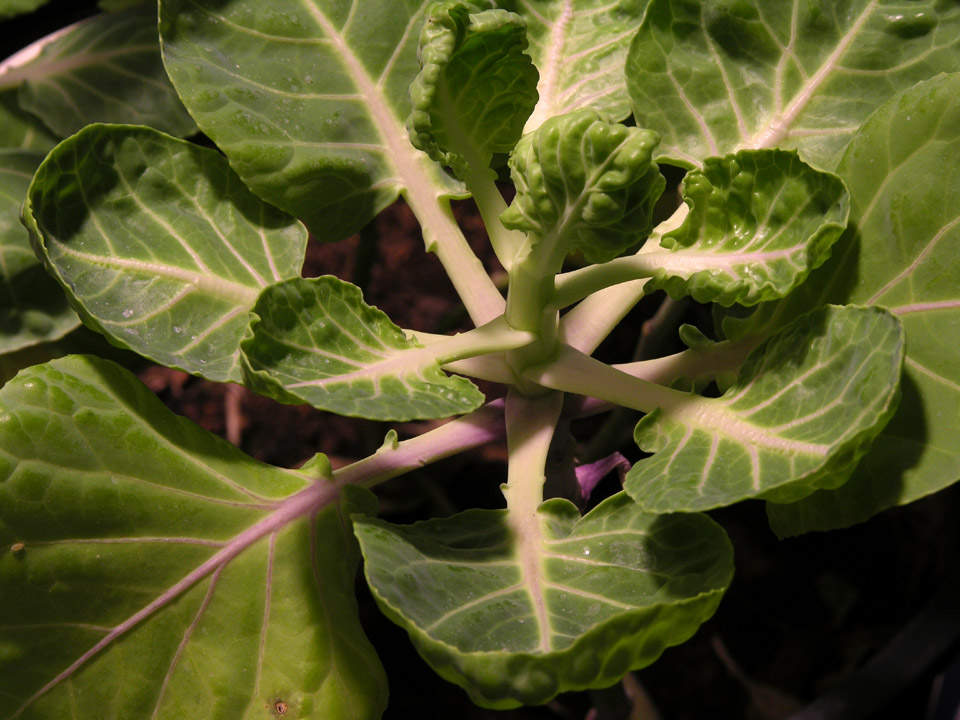
This is a closer view of the same Brussels Sprout.
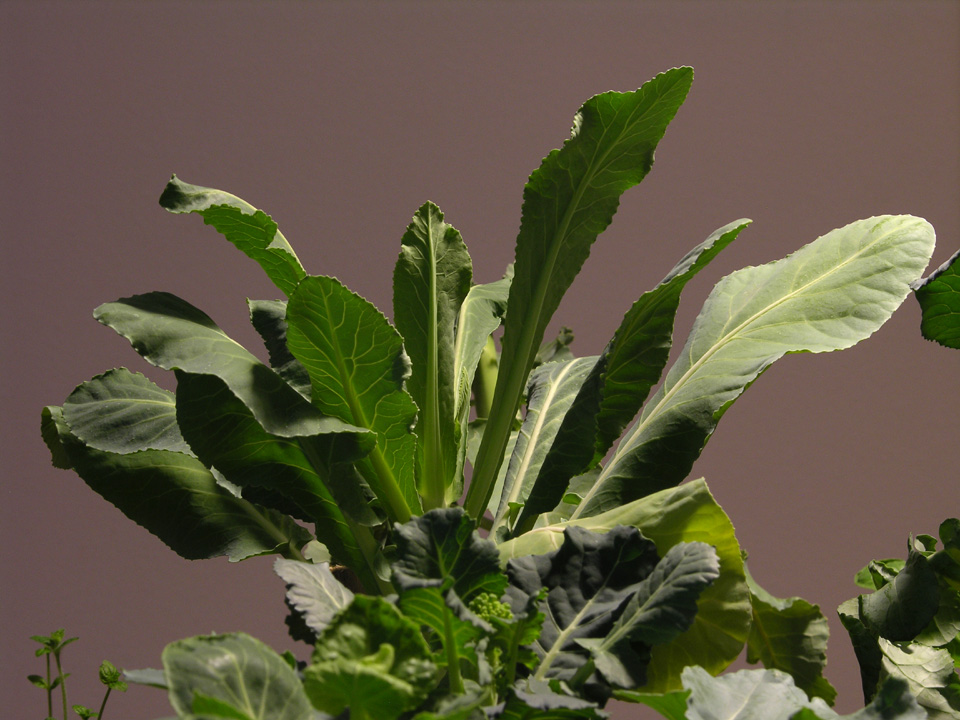
I think that this is some sort of lettuce plant. Jerry thinks it may be
a type of cabbage.
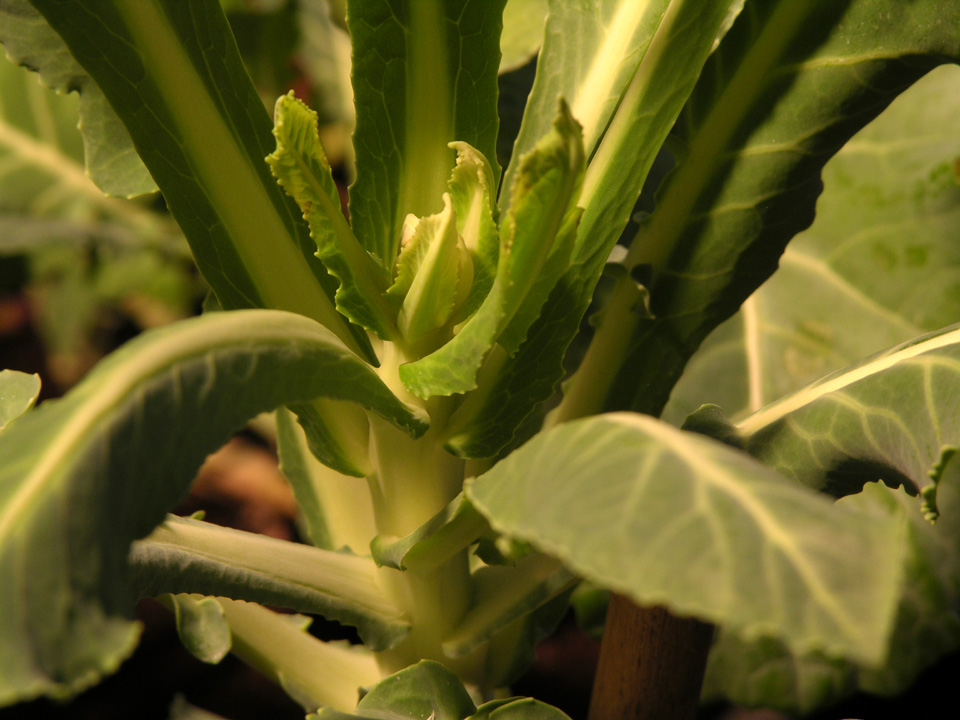
This is a closeup of the new growth at its heart.
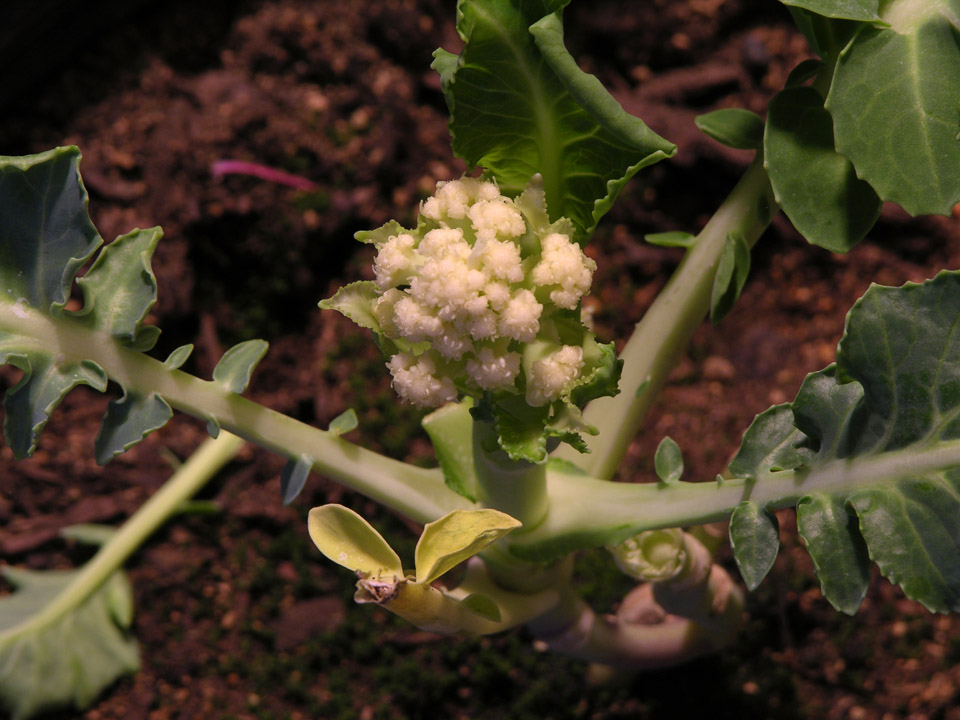
This is the flower on a Cauliflower plant that has developed
since the plant was brought indoors on December 29th.
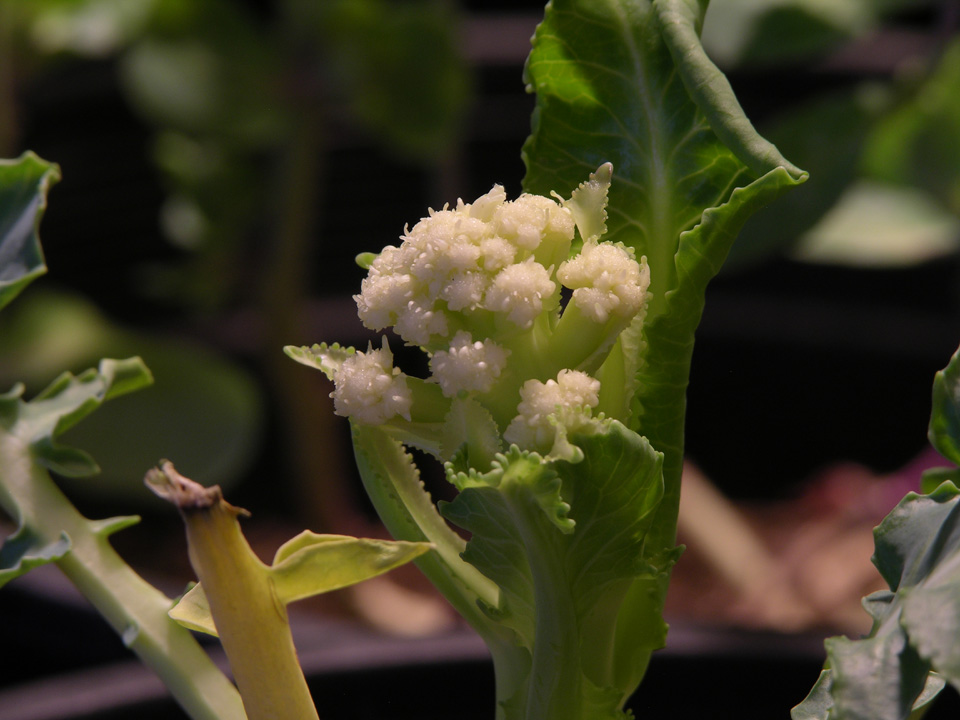
Here is another view of the same flower.
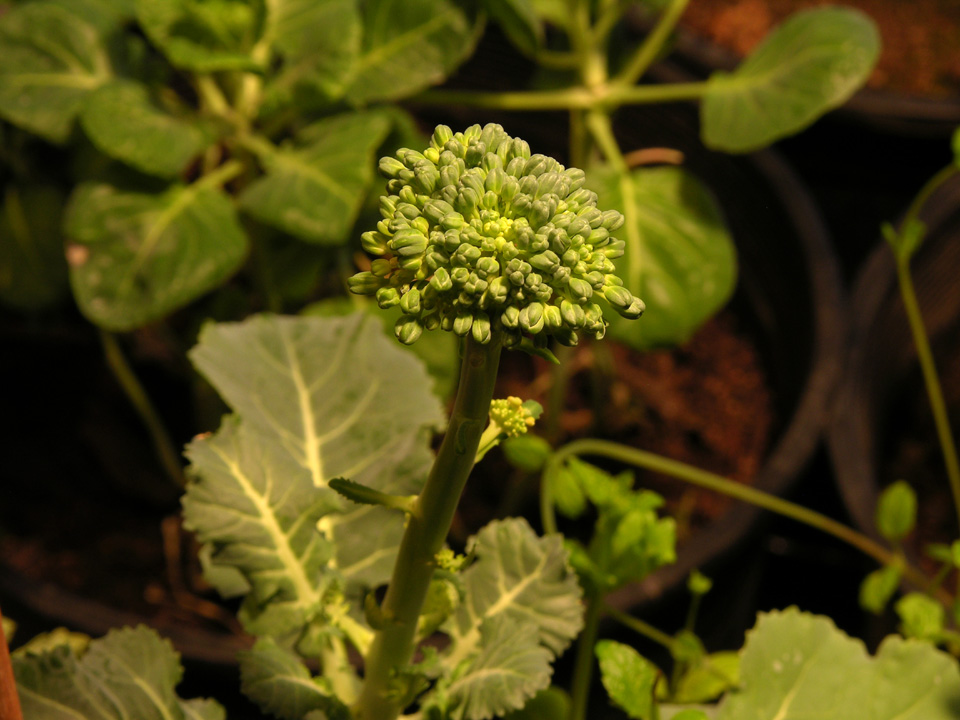
This is the head of a Broccoli plant that was brought in from the
frozen greenhouse.
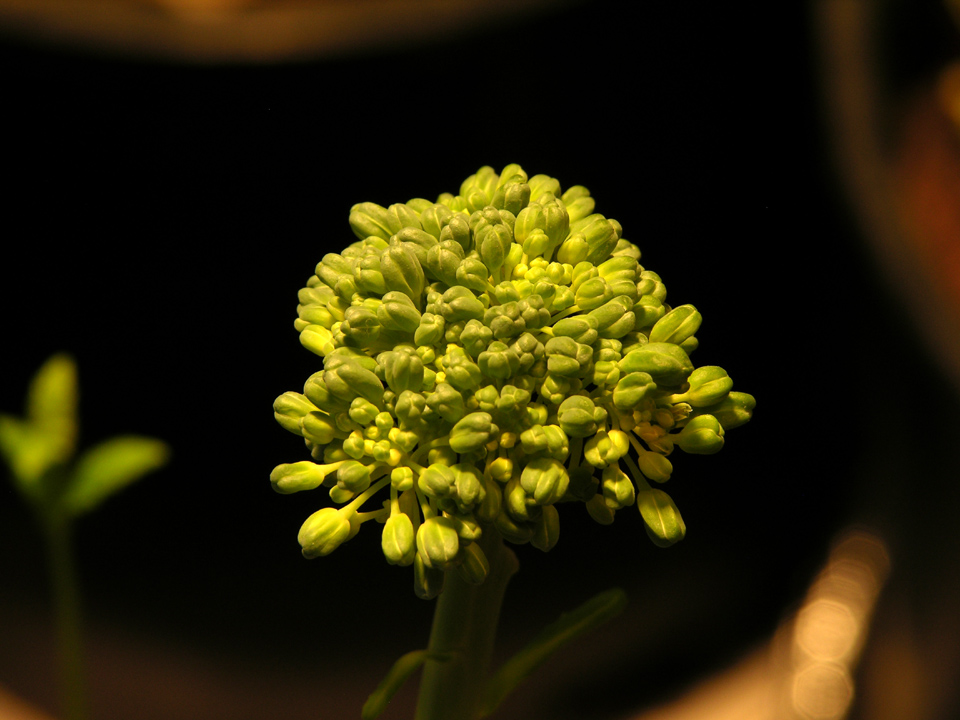
Here is a closeup.
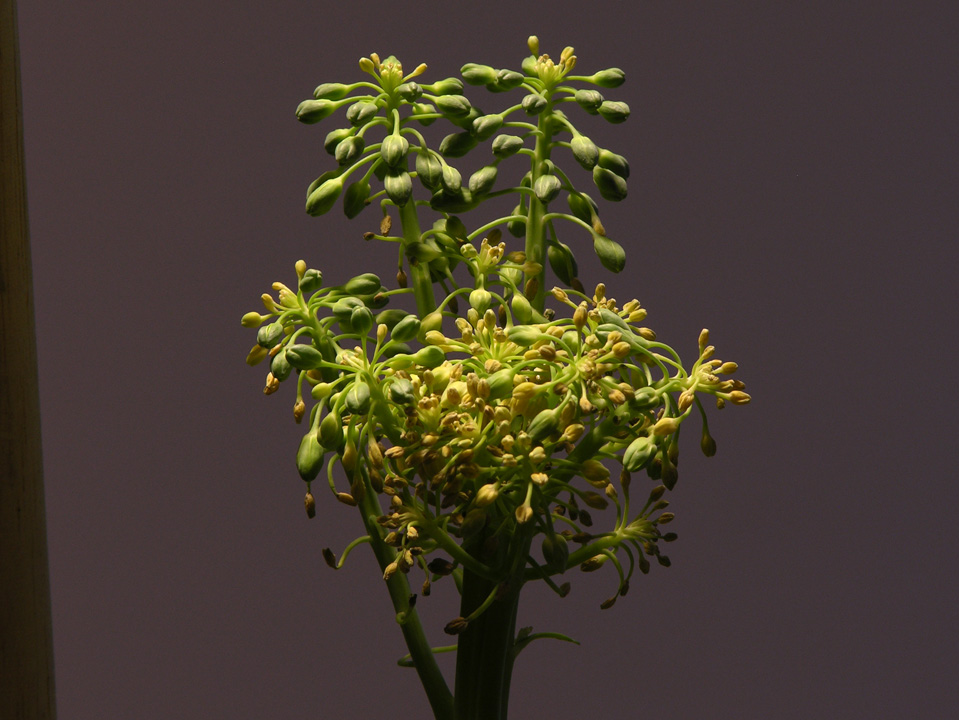
This Broccoli head is starting to flower.
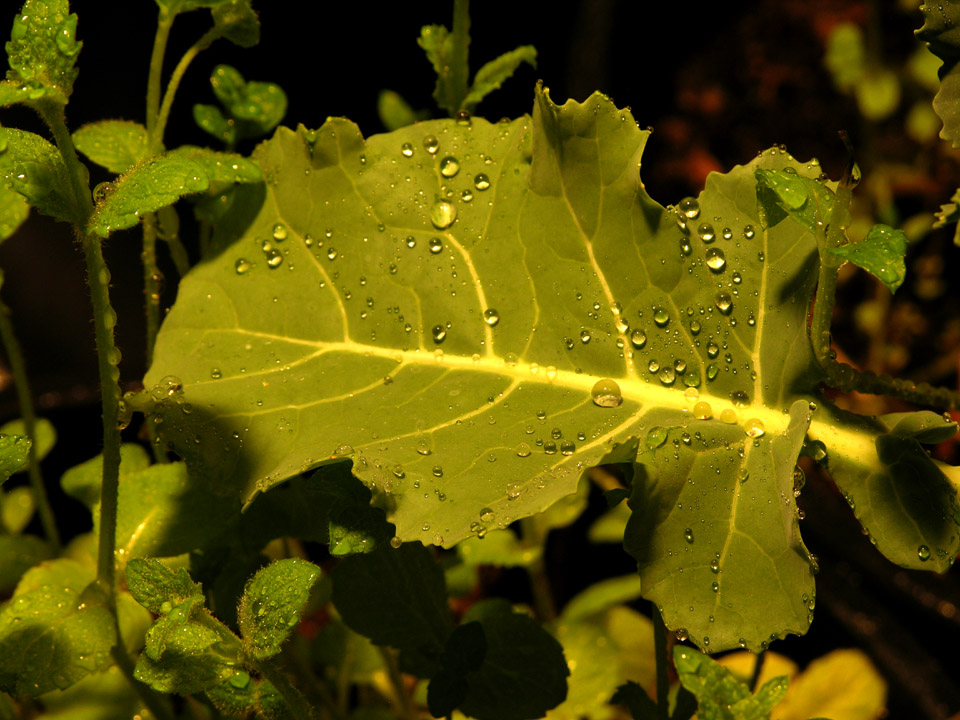 Jerry attributes the amazing survival of these plants to
being watered exclusively
Jerry attributes the amazing survival of these plants to
being watered exclusively
with trap water before they were frozen in the fall.
He attributes their incredible growth and vigor since being thawed
to being misted and watered with his trap water.
Frozen Strawberry Plants
I also have a small story of frozen plant survival. In the
summer of 2006 I
grew a garden using ORMUS sea water precipitate. In January of 2007 my
garden area
still had a lot of green even though the ground was frozen six inches
deep. My strawberry and kale plants remained green
despite the continuous freezing weather in Baker City. Here are some
pictures of my strawberry plants:
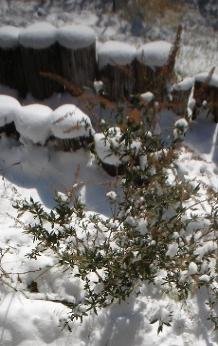
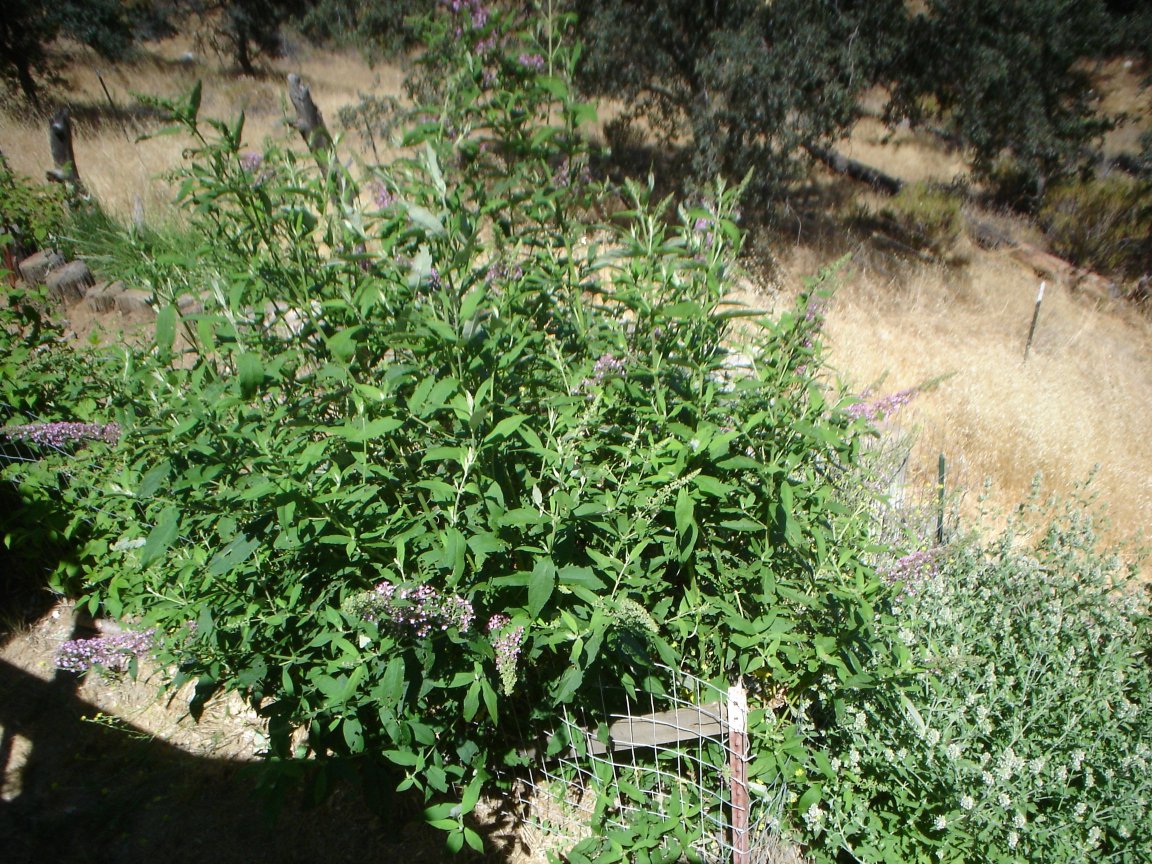








 .
.









